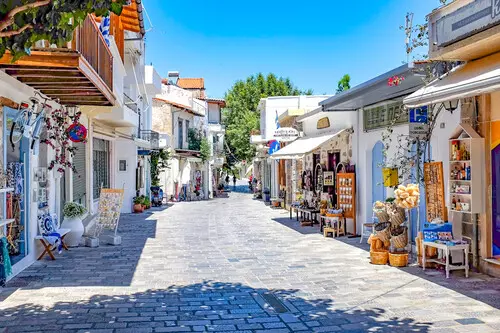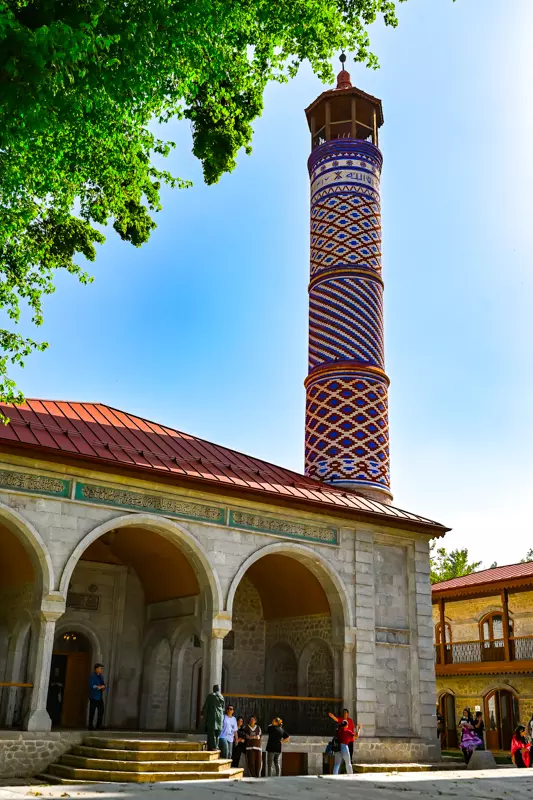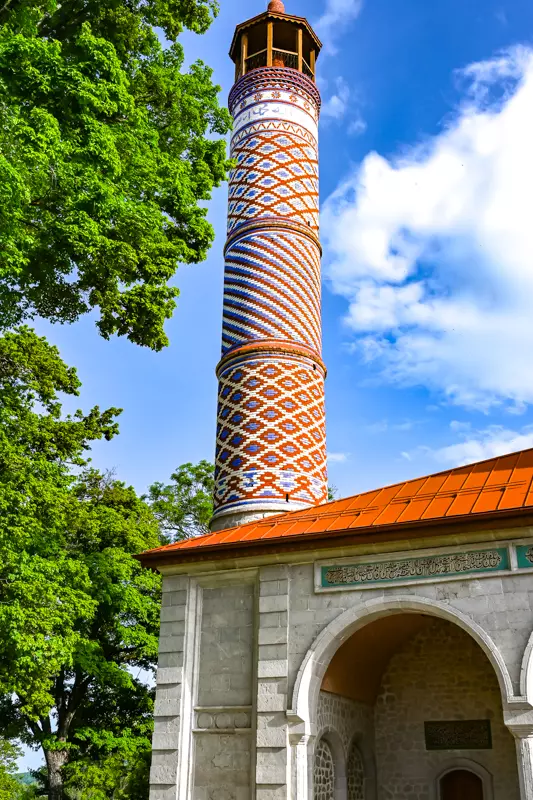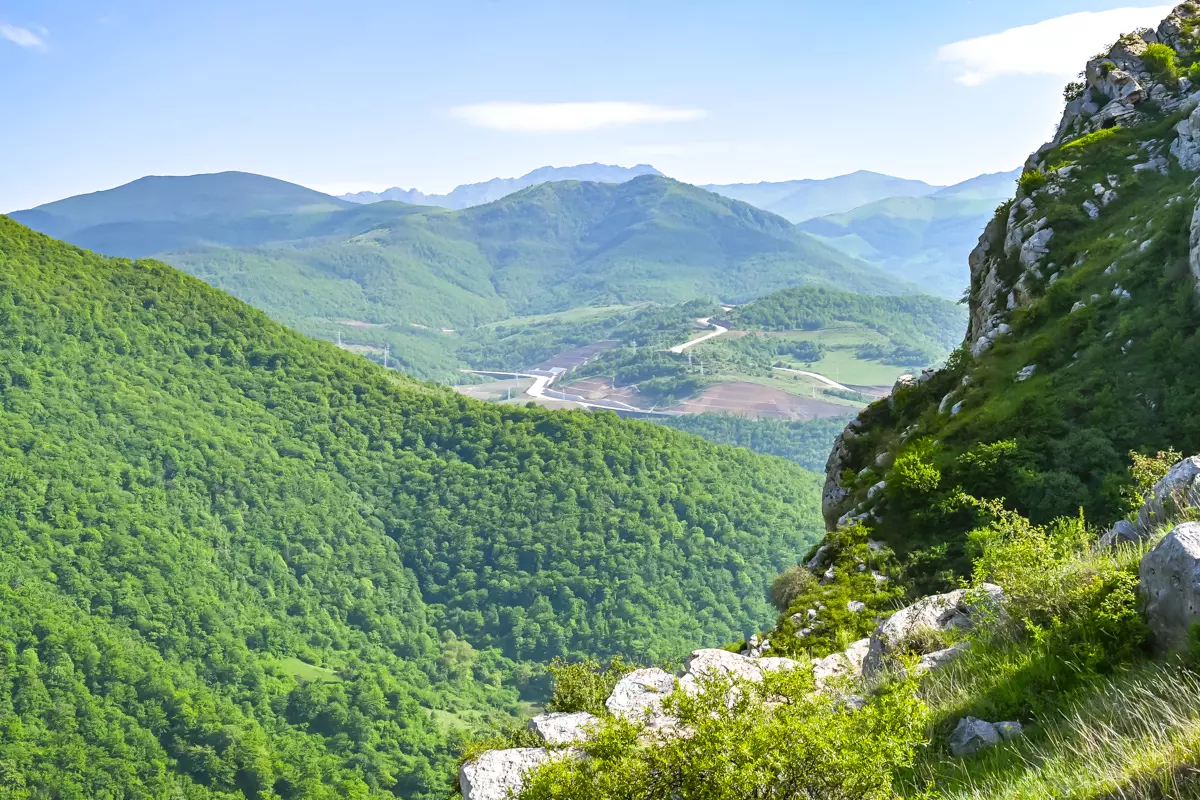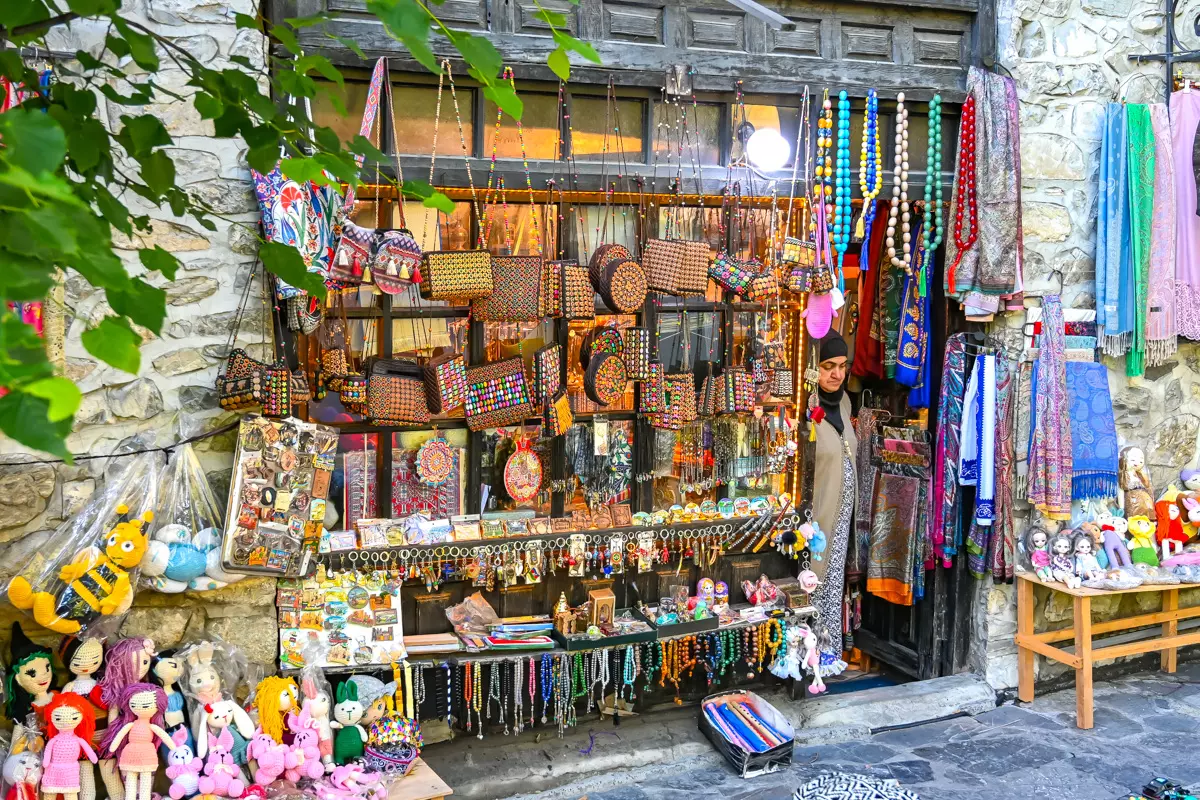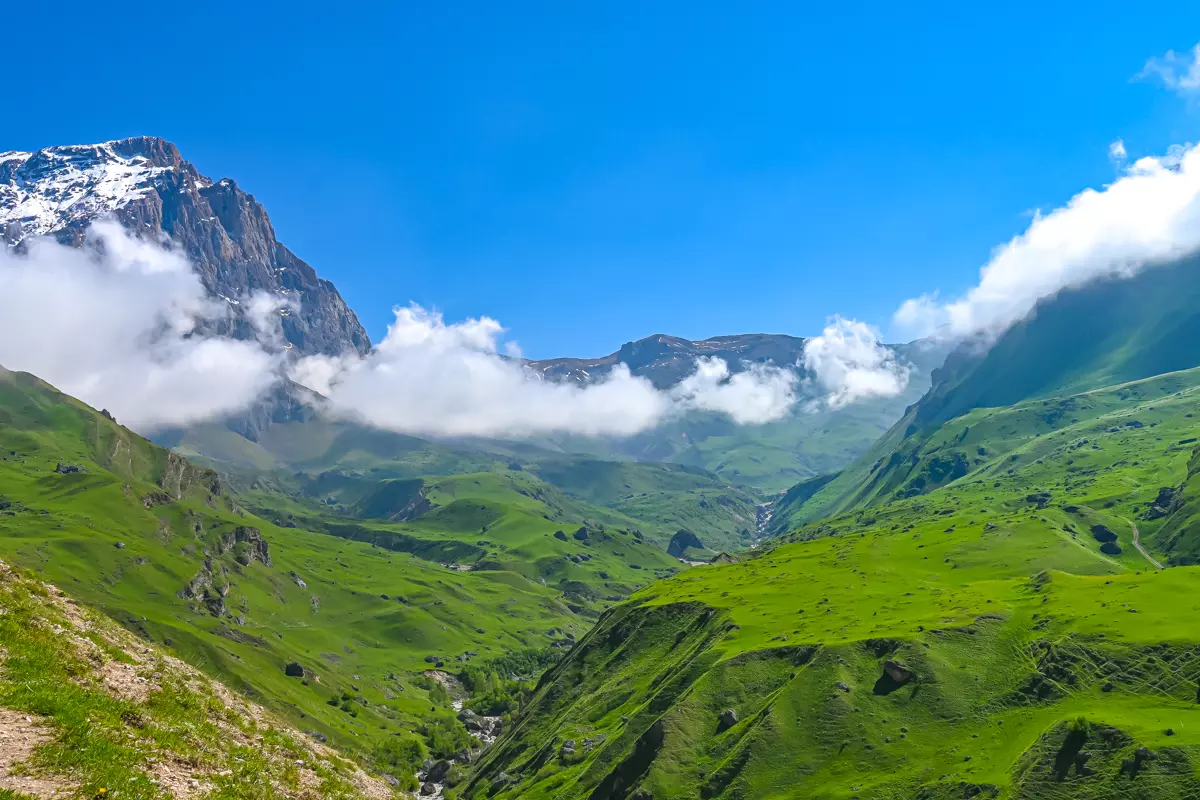Explore Shusha, Azerbaijan: Full Travel Guide
If you’re looking for a place where history breathes at every step and the mountain panorama takes your breath away – Shusha in Azerbaijan should be on your list. It is not only one of the oldest and most significant cultural capitals of Azerbaijan, but also a city that, after many years, is opening its doors to travelers.
I traveled across Nagorno-Karabakh and can admit that Shusha is the heart of this region, where both history and beautiful nature intertwine. In this post, I will share how to get to Shusha, what is worth seeing, what is worth knowing before the trip, and how this city surprised me.
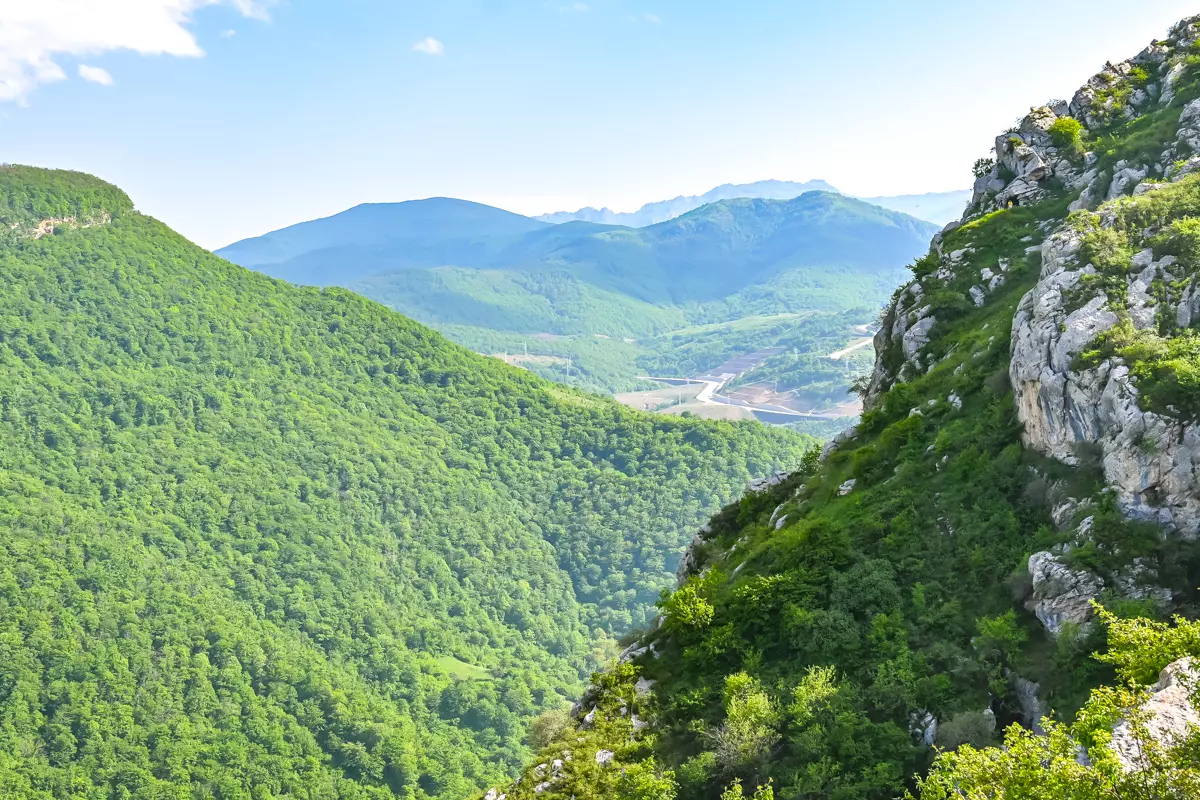
Shusha Introduction
Shusha lies in the western part of Azerbaijan, in the Nagorno-Karabakh region, about 1,400 meters above sea level. Its strategic location has made it a key cultural and historical center for centuries.
Until 2023, the war in Nagorno-Karabakh kept the city largely closed to tourists. Today, the Azerbaijani government leads large-scale reconstruction efforts to revive the region and welcome visitors. Infrastructure is growing fast—new roads connect the area, a nearby international airport boosts accessibility, and restoration work is breathing new life into historical landmarks.
Shusha stands as one of Azerbaijan’s most important cultural centers. Many of the country’s renowned poets and composers were born here, and the city’s architecture reflects both Islamic traditions and secular heritage. For travelers seeking an authentic experience away from mass tourism, Shusha offers something truly special.
Things To Do In Shusha, Azerbaijan
Shusha Fortress
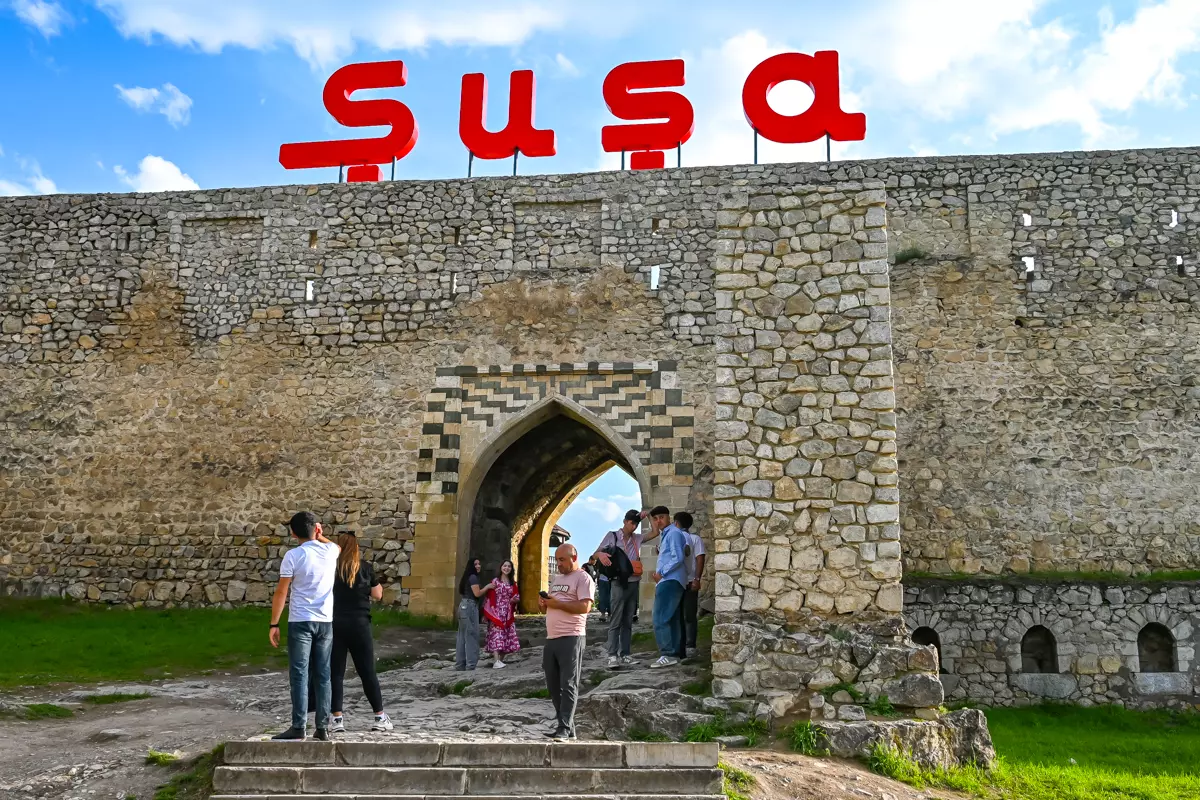
Shusha Fortress stands as the main symbol of the city and one of the oldest surviving structures in the Nagorno-Karabakh region. Karabakh khan Panah Ali Khan ordered its construction in the mid-18th century. He built the fortress to protect this strategic location from enemy invasions, which explains why the city sits in a mountainous, hard-to-reach area. The builders used stone and brick to create the walls, featuring several main entrance gates, with the famous Ganja Gate still standing today.
The fortress no longer serves defensive purposes but holds strong historical and symbolic significance. Visitors can see it as one of the region’s most important Azerbaijani heritage sites. While some parts still await full reconstruction, so visitors should exercise caution, the fortress remains well-preserved enough to show its scale and historical function. Azerbaijani authorities recognize it as a national heritage site and continue restoration efforts.
The fortress’s location also offers an excellent view of the city’s geography. Perched on a ridge, it overlooks the surrounding valleys. This position gave defenders a strategic advantage, as attackers had to climb uphill, while defenders could monitor all movements in the valley below.
Karabakh Khan Palace
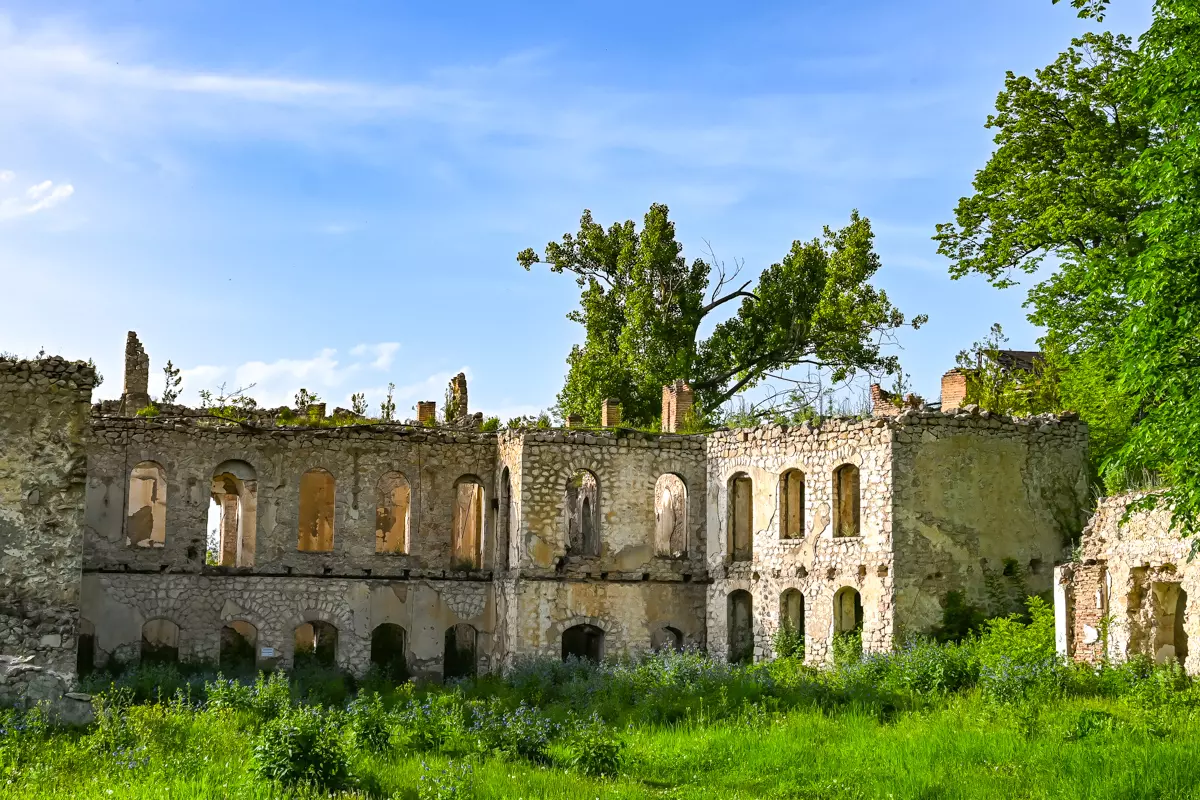
You can walk from Shusha Fortress to the Khan’s Palace in just a few minutes, as they are located in the same part of the city. It is one of the oldest surviving residential residences in Nagorno-Karabakh, built in the 18th century when the city became the administrative center of the Karabakh Khanate.
The building itself is currently abandoned but is being maintained. There are informational signs, and the area is partially fenced. Visitors are not yet allowed inside, but from afar, you can examine the walls, window arches, and balconies. The palace stands on a small slope, providing a partial view of the valley.
Three Sculptures Square
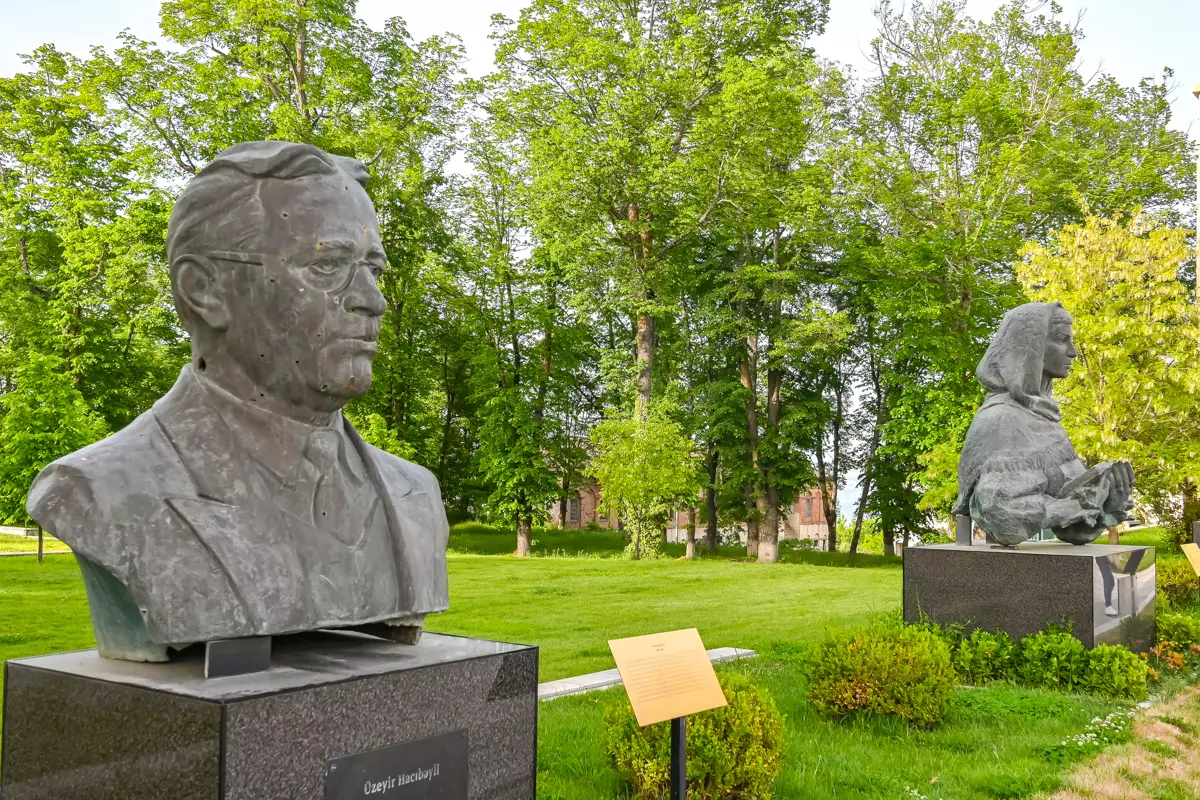
Near the city’s main intersection, by the art gallery and old caravanserai, you’ll find monuments to three important figures: poet Khurshidbanu Natavan, composer Uzeyir Hajibeyov, and singer Bulbul. All three played a key role in Azerbaijani culture and have strong ties to Shusha. The statues stand in a small but well-kept square.
The bronze sculptures rest on large pedestals. This spot honors these famous personalities but also carries political and symbolic meaning. During the 1992 war, someone took the sculptures to Armenia, but they later returned to Azerbaijan and went back to Shusha. If you look closely, you’ll notice small bullet holes in the statues — marks left from deliberate shooting. These damage marks show how the sculptures were deliberately targeted as a form of mockery.
Yukhari Govhar Agha Mosque
This mosque is the main religious building in Shusha and one of the most important examples of Islamic architecture in the Nagorno-Karabakh region. It was built in the early 19th century by order of Govhar Agha, the daughter of the Karabakh Khan. The mosque stood empty for a long time, but after the conflict ended, it was restored and now functions not only as a religious site but also as an architectural attraction.
To me, it appeared to be the most beautiful building in Shusha. The mosque’s structure is quite typical for the region – two minarets, a main prayer hall with arched windows and interior decoration restored according to surviving drawings. In front of the entrance, there is an open square with a stone pavement, and around it, a newly formed pedestrian path.
Although I was not able to enter inside, locals mentioned that sometimes the mosque is open to all visitors regardless of their faith. If you go inside the mosque, don’t forget the basic rules. Women must cover their heads and wear clothes that cover their shoulders and knees. Men should also dress modestly, avoiding shorts and sleeveless shirts.
Uzeyir Hajibeyov Museum
The museum stands in the birthplace of Azerbaijan’s most famous composer, Uzeyir Hajibeyov, in Shusha. Known as the reformer of national music and the creator of the first Oriental opera, Leyli and Majnun, Hajibeyov’s house dates back to the late 19th century. The museum first opened there in 1959 as a one-story building, then expanded into a two-story memorial complex in 1985.
The First Nagorno-Karabakh War heavily damaged the museum, and it lost over 1,500 of its 1,700 exhibits. After Shusha’s liberation, the authorities restored the building and reopened it to visitors.
The current exhibition spreads across several rooms on two floors. The first floor focuses on Hajibeyov’s family life, childhood, education, and early career. The second floor displays photos, programs, original manuscripts, musical excerpts, and documents about his work and premieres. The museum also exhibits some of his furniture, personal belongings, and musical instruments.
In the courtyard, an information board shares key biographical facts. Most texts appear in Azerbaijani, but a local guide can provide richer insights during your visit.
Vagif Mausoleum
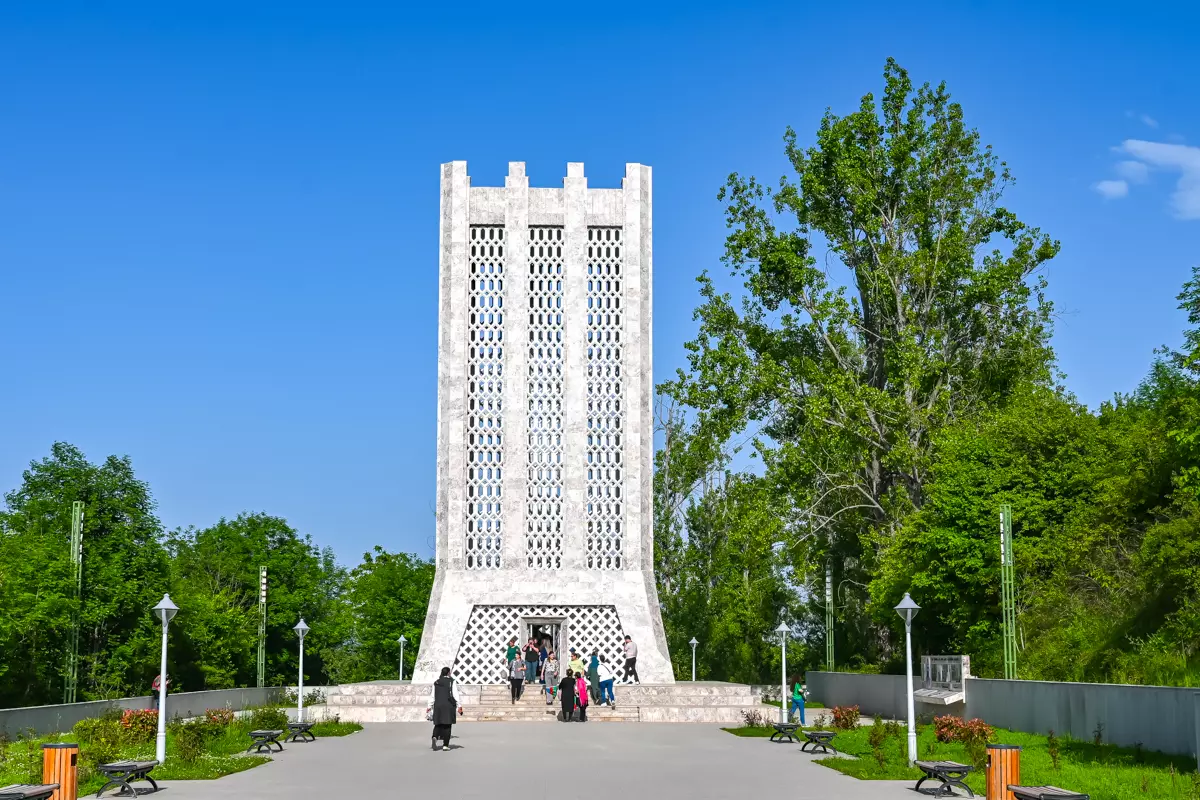
This monument is dedicated to the 18th-century poet and statesman Molla Panah Vagif, who is considered one of the founders of Azerbaijani secular poetry.
The building itself was constructed during the Soviet era—in 1982—but it was heavily damaged during the war and has only recently been fully restored. Architecturally, it stands out with a modern design combined with traditional motifs, featuring red brick cladding and decorative elements.
Around the building, there is a neatly laid marble pavement, several benches, and flags. Although it is a tomb, the place does not have a religious atmosphere – it is more of a memorial and representative site. Next to the mausoleum, you will find several information boards that provide more details about the site.
Discover: Sheki Historic Wonders Day Trip from Baku.
Shusha Ruins
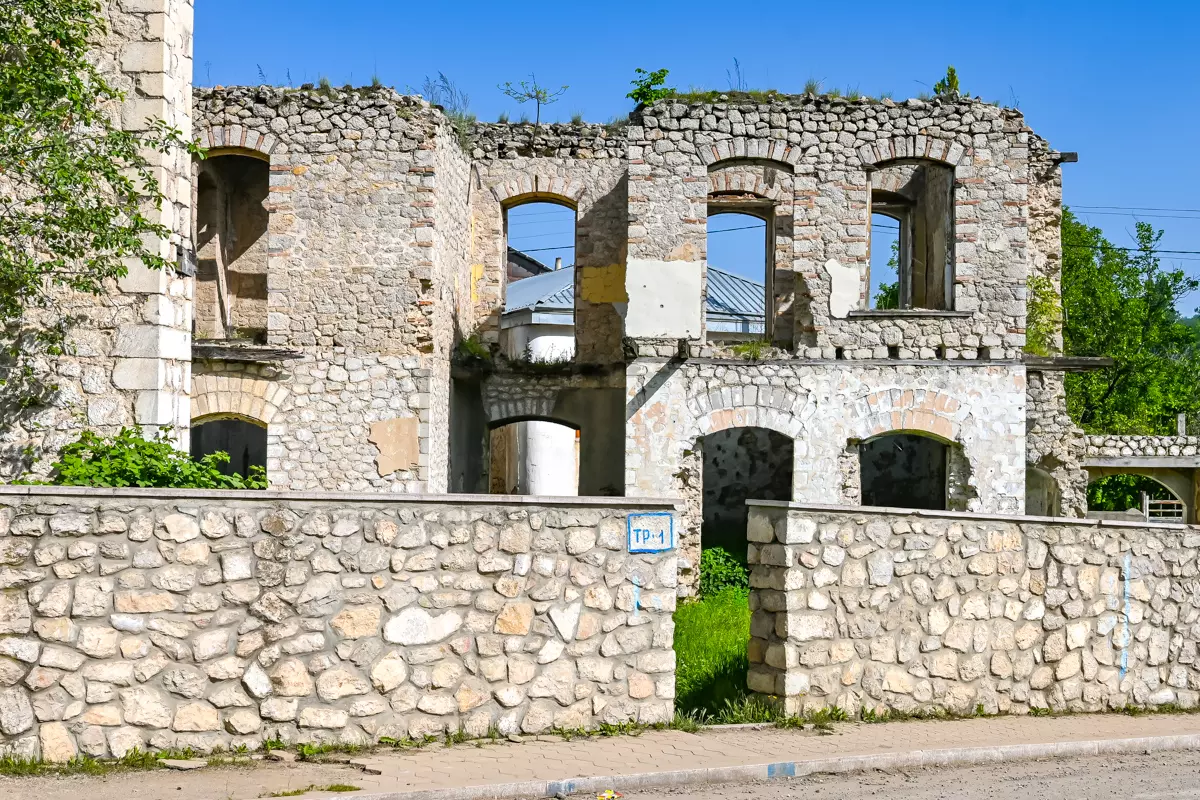
Shusha suffered considerable damage during the war, so when walking from one site to another, you will inevitably pass streets lined with ruined or empty buildings. Some of these are without roofs and windows, while others are just piles of bricks with no signs or information.
For me, this was one of the most memorable moments of the visit – looking at the destroyed houses, you realize how terrible war is and how many wounds it leaves unhealed.
By the way, near some buildings, you will find boards with QR codes; by scanning the codes, you can get more information about each building.
Jıdır Düzü
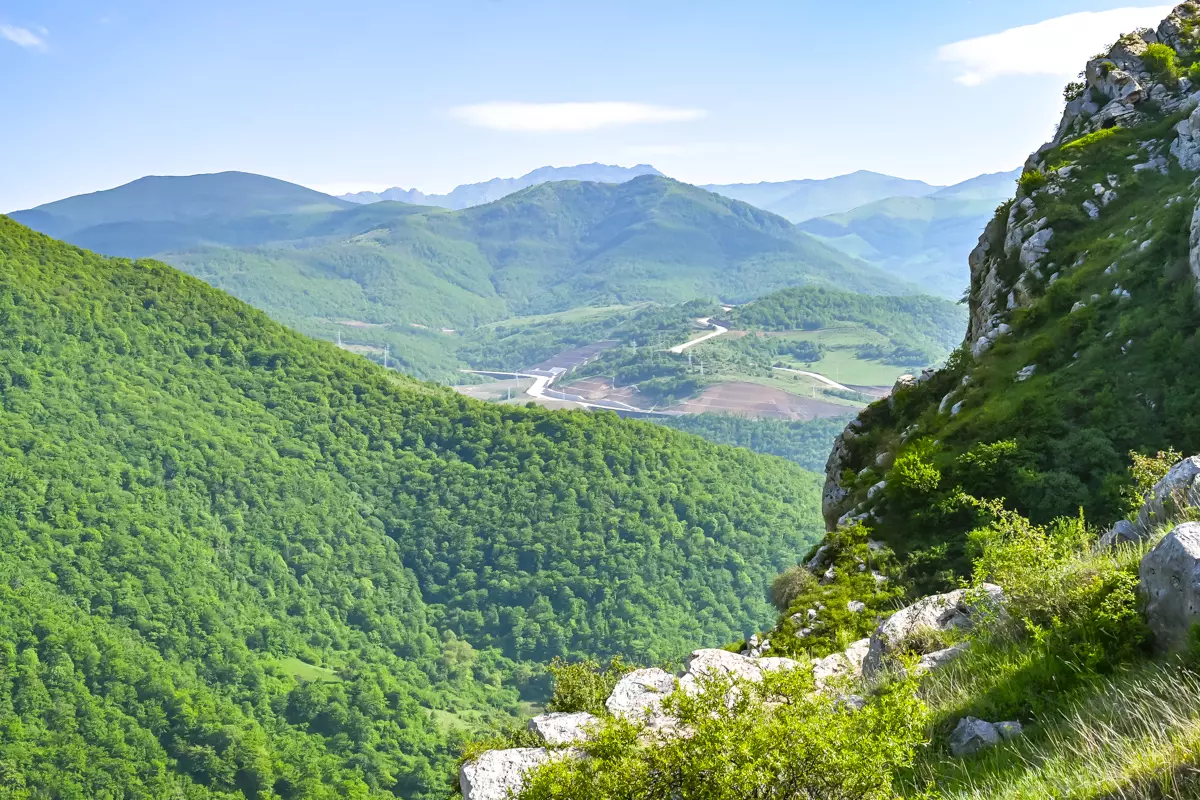
Jıdır Düzü is a wide plateau located in the southern part of Shusha, right on the edge of a mountain ridge. It is famous for offering one of the most stunning views of the Karabakh valley. In the past, horse races, festivals, and public performances took place here. During my visit, a stage was being set up on the plateau, most likely for some event. I really hope that Shusha will fully revive soon and more events and celebrations will be held here.
You can reach the plateau on foot within 10–15 minutes from the city center. The main reason to go there is the stunning natural view. From this spot, there is a wide panorama of the valley and the mountains stretching beyond. On a clear day, you can see distant villages and winding roads in the valley. It is probably the most beautiful place in Nagorno-Karabakh offering such a marvelous natural view.
Hunot Gorge
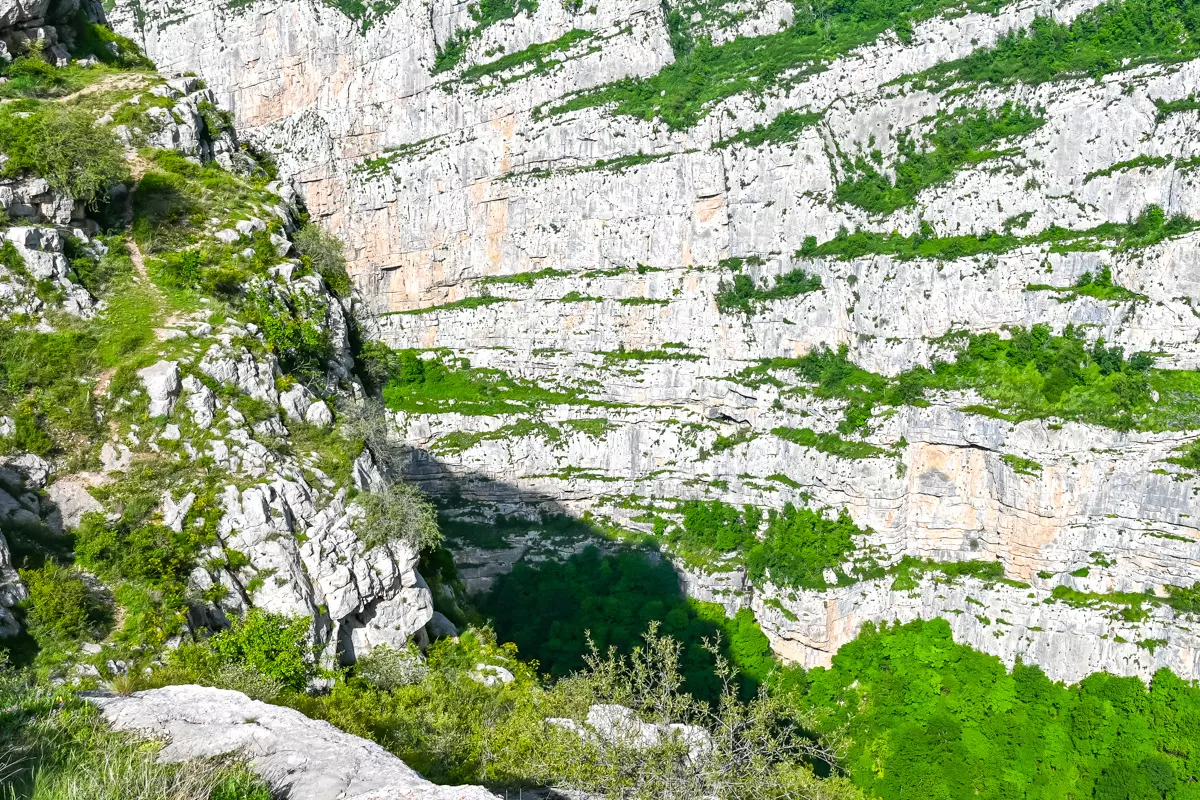
If you spend at least two days in Shusha, it’s worth dedicating half a day for a hike to Hunot Gorge. It is about 3–4 km south of the city, down in the valley. The descent starts near the Jıdır Düzü plateau — from there you can walk down a winding forest trail.
The descent into the valley takes around 40–50 minutes, depending on your fitness level. The trail passes through wooded areas and small springs before reaching the Hunot River. There, you’ll find the old bridge ruins and the so-called Stone Umbrella, a natural rock formation above the stream. Water flows from the Mamrot Kar spring deep within the gorge, creating a unique mossy umbrella effect, which varies with the seasons. This is the most popular spot in the gorge.
Ghazanchetsots Church
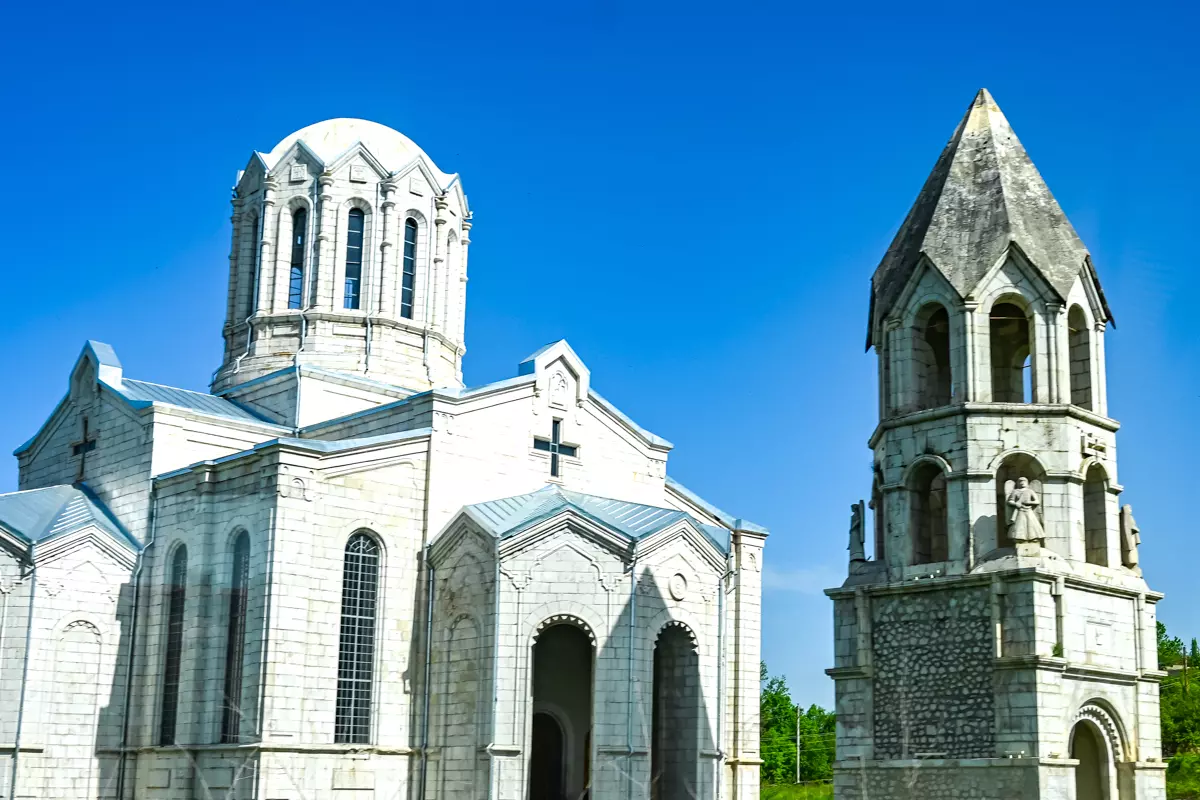
Ghazanchetsots is an Armenian Apostolic church built in the late 19th century, when many Armenians lived in Shusha. It stands on the northeastern outskirts of the city, a bit away from the main tourist spots. The church features neoclassical architecture with white stone walls, a rectangular bell tower, and a central dome. Its size and design make it one of Shusha’s largest and most noticeable buildings.
After the conflict, Azerbaijani authorities took control of the church. Although it no longer functions as a religious site, it holds historical importance. Visitors come here less often than to the mosque or fortress, but as one of the few remaining Christian landmarks in the city, it deserves attention.
Get Your Exclusive Nagorno-Karabakh Travel Tips PDF Now!
During my travels in Nagorno-Karabakh, I realized one thing – this region is still largely unexplored, and the information available about it is either outdated or superficial. I found some basic facts online, along with many press releases or propaganda content, but I came across almost nothing useful for a traveler.
That’s why I decided to put everything in one place – not as a journalist or an official guide, but as someone who traveled, searched, and took notes. Here’s a sneak peek at what’s inside:
- ✔️ Contact details for an excellent tour operator I struggled to find.
✔️ Detailed descriptions of how to get to Nagorno-Karabakh, where to eat, and where to stay.
✔️ Exclusive tips that you won’t find online and that no AI can provide.
✔️ Practical information not just about Karabakh, but also about Nakhchivan and the whole of Azerbaijan.
How To Get To Shusha
Shusha is located in the Nagorno-Karabakh region, about 400 kilometers southwest of Baku. Although it is not a typical tourist destination, it can be reached by several means.
If you are coming from abroad, the best option is to first fly to Baku Airport. To get insider tips and step-by-step guidance on reaching Nagorno-Karabakh, download the PDF guide I created after visiting the region.
Best Time To Visit Shusha
Shusha sits in a mountainous area about 1,400 meters above sea level. Because of this, its climate differs from Baku and other lowland cities in Azerbaijan — it’s cooler and the weather changes more often.
The best time to visit Shusha is spring (April to June). Daytime temperatures range from +15 to +25 °C, rainfall is low, and nature blooms beautifully. This season suits both city walks and hikes to places like the Hunot Gorge. In May, the Kharibulbul Music Festival takes place here, offering a great cultural experience if you plan your trip accordingly.
Summer (July to August) gets hot in Shusha. Although it’s in the mountains, daytime temperatures often exceed +30 °C. Since most attractions — the fortress, Jıdır Düzü plateau, mosque — are outdoors, spending long hours outside can be uncomfortable.
Autumn (September to October) also makes a good travel season. The weather stays warm but not hot, though nature loses some of its summer greenery. September still has long daylight hours, while October cools down, with mornings around +5 to +8 °C.
Winter (November to March) suits only experienced travelers. Snow often covers the city, sometimes heavily. Roads remain passable but wet and slippery. Some attractions close, and hikes like those to Hunot Gorge become too risky.
Where To Eat In Shusha
Shusha is not currently a place where you can choose from multiple restaurants or cafés as you can in Baku or Ganja. The city’s public catering infrastructure is still in development. Most visitors currently eat either at their hotel, if such a service is available, or snack on food they bring with them. However, a few options do exist.
The main venue is the Qoç Ət restaurant near the Karabakh Hotel. It serves both guests and passersby. Here, you can get traditional Azerbaijani dishes such as plov, dolma, soups, shashlik, and chebureks.
Discover: From Baku Day Tour to Sheki Historic Wonders.
Where To Stay In Shusha
Shusha is still developing its tourism infrastructure after the conflict, so accommodation options are limited. Currently, only a few official lodging places operate, most of which are newly built or renovated buildings offering basic services.
One of the main options is the Karabakh Hotel. It is a modern, new hotel located in the city center, close to the main attractions — the fortress, Jıdır Düzü plateau, and the art gallery. The rooms are simple, equipped with a shower, air conditioning, and usually include breakfast.
Also read: Sheki, Azerbaijan – A Complete Travel Guide
FAQs About Shusha, Azerbaijan
Yes, the city is currently safe. However, it is not a mass tourism destination — act responsibly and avoid walking inside ruins or outside marked routes.
Yes, you can. However, it is highly recommended to travel with an agency or a local guide, especially if you are not an Azerbaijani citizen. You can find more detailed information in my PDF guide.
There is coverage in the city center, but it often disappears in the Hunot gorge. I recommend having downloaded maps and information materials for offline use.
In most places — no. It’s better to carry cash, as even hotels and eateries often do not accept cards.
At minimum — half a day. Ideally — two days if you want to see both the historic part and hike to the Hunot valley.
Book your flight
For the best flight deals, I always rely on Skyscanner. Features like Multi-city and Explore Everywhere help me uncover incredible travel opportunities.
Rent a car
Discovercars is my top choice for comparing car rental prices for any road trip around the world. The booking experience is always smooth and easy.
Travel insurance
SafetyWing provides affordable travel medical insurance with global coverage, perfect for digital nomads and long-term travelers.
Book Tours & Attractions
Experiencing a destination to the fullest is easier with a well-planned itinerary. I use GetYourGuide for guided tours and Tiqets for quick access to museum and amusement park tickets.
Protect yourself online by VPN
No matter where I go, I always use NordVPN for secure browsing and to ensure I can access websites that might be blocked in certain countries.
Disclosure: I only suggest companies that I personally rely on. If you use the affiliate links in my posts to book services, I’ll earn a small commission, with no extra cost to you.
Have you visited Shusha, Azerbaijan? I’d love to hear about your experience in the comments!
Share on

Hi, my name is Marius, and I’m driven by a desire to explore the hidden corners of the world. Less-traveled destinations like Saudi Arabia, Kazakhstan, and Mongolia fascinate me with their authentic cultures and untouched landscapes. For me, every trip is an opportunity to challenge myself, meet new people, and create memories that last a lifetime.
